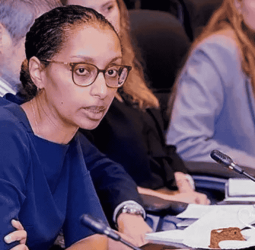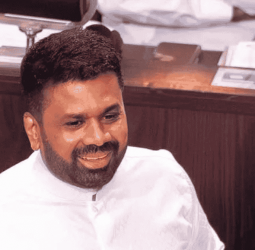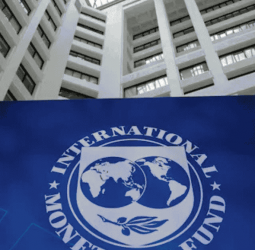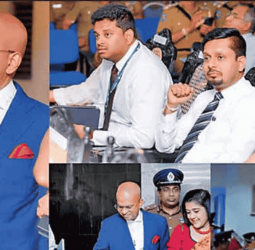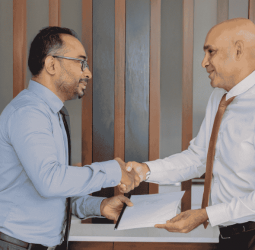A national budget has two sides. One is about balancing income and expenditure. The other is about providing policy direction to investors and markets.
This year’s Budget speech by President Anura Kumara Dissanayake, who is also the Minister of Finance, tried to do both. Like most budgets, it had the good, the bad, and the ugly.
The good
The best part of this Budget is that it keeps Sri Lanka anchored to the International Monetary Fund (IMF) framework. The revenue, primary balance, and deficit targets remain within IMF parameters. That is a clear signal that the Government wants to continue with the programme and maintain macrostability. For investors, this means we are not yet ready to drift back to our old ways.
The speech also repeated some of the same proposals from last year’s Budget. The need for private sector investment, investor protection laws, simplification of the tariff structure, and the National Single Window for trade are all mentioned again. These are the right ideas, even if we have been discussing them for more than a decade. Repetition alone doesn’t change much, but it still shows that at least the direction is right.
The proposed State-Owned Enterprises holding company act and a public-private partnership law for transparency are also positive moves. Both were promised earlier and have now been repeated, which also reflects the limited capacity within the public sector to get things done faster.
On the numbers, the Government expects revenue of Rs. 5,305 billion and expenditure of Rs. 8,980 billion. Almost half of the total expenditure is for debt service. Interest payments alone take up about 50% of our total revenue.
When you add it up, nearly 85% of Government revenue goes to pay debt and interest, leaving only 15% for everything else — salaries, hospitals, education, and development. This is the reality of our public finances.
The decision to publish tax concessions twice a year and to amend the Strategic Development Projects Act is a welcome one. Both are part of the IMF Governance Diagnostic recommendations and help improve transparency in the system.
The bad
Where the Budget falls short is in the number of small spending proposals that don’t add much to productivity. Cultural centres, city beautification, and small development projects sound good on paper but are hard to monitor and often don’t move the needle on growth. When a budget is full of small projects, it becomes difficult to measure results or hold anyone accountable.
There are also several new allowances for sections of Government employees. These are not linked to productivity or output. Once one group gets an allowance, others start demanding the same, and that cycle pushes up recurrent expenditure without improving performance.
The other weak area is tax administration. The only new mention is upgrading the tax system to Revenue Administration Management Information System (RAMIS) 3.0. While that is a step forward, we still don’t see much about improving compliance, reducing disputes, or speeding up refunds. If the Government wants to collect more without raising new taxes, the focus must be on improving tax administration, not just systems.
Another concern is the deficit. It is expected to rise from 4.5% of GDP in 2025 to 5.1% in 2026. The increase may look small, but given that we are heading into an election cycle, the timing is worrying. Sri Lanka’s past experience shows that when politics heats up, fiscal discipline weakens. Staying on the IMF path requires the opposite.
The ugly
The statement about not extending plantation leases is the most troubling part of the speech. The President is right that productivity in the plantation sector has been poor for decades. But one major reason for that is the uncertainty around lease renewals. If the Government now says leases will not be extended, it removes any incentive for replanting or new investment.
A better approach would be to link lease extensions to performance. For example, extend the lease only if companies commit to replanting, mechanisation, and yield improvement. That would reward productivity and punish inefficiency. Simply refusing extensions could discourage even the few players who still want to invest.
The President also said Sri Lanka will be able to fully repay debt by 2028 and pointed out that we are already servicing some of our multilateral obligations. That confidence is good, but it depends heavily on two fragile sectors — tourism and remittances. A global shock can easily derail both. Our debt repayment ability will only be sustainable when export growth and private investment drive recovery, not just remittances and tourism.
Final thoughts
This Budget has no big surprises. It stays within IMF limits, commits to public investment, and repeats key reform promises. It is not a bad budget. But it is also not a strong growth budget.
The problem is not in what is said, but in what gets done. The direction is right, the words are right, but the speed and discipline of execution are missing. The Budget remains too focused on micro spending and too light on reforms that drive productivity.
Under an IMF programme, it is hard to deliver a bad budget because the framework keeps things in check. The real risk now is that as we move closer to elections and as the IMF programme winds down, we slowly slip back to our old habits of overspending and ignoring reforms.
Sri Lanka cannot afford that mistake again. Stability is not the end goal. It is only the foundation. What we need next is productivity, investment, and growth. That will depend not on the speeches we make, but on the work we actually do.
You Must be Registered Or Logged in To Comment Log In?


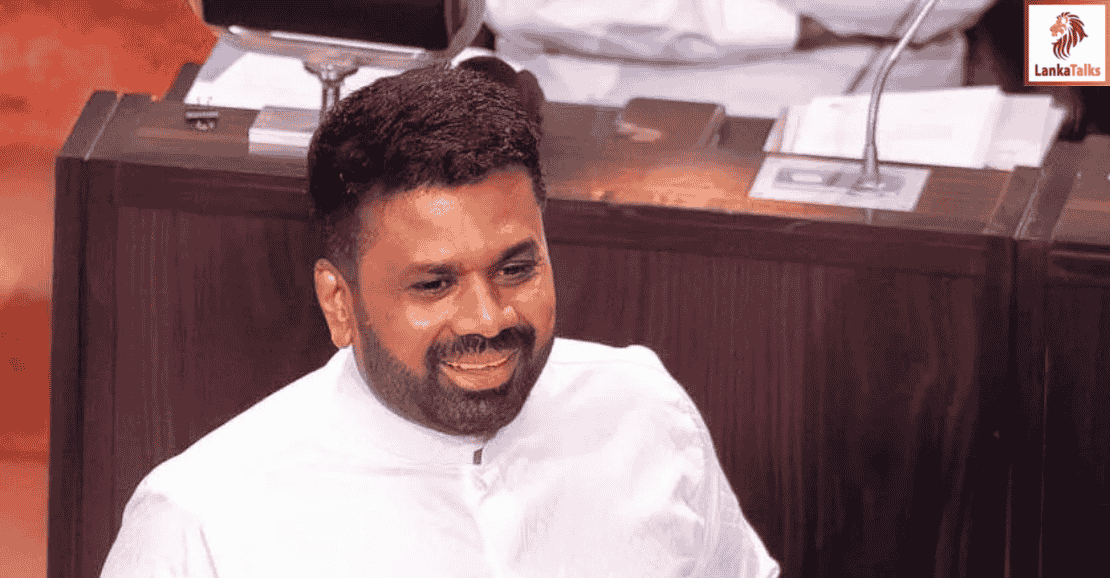
 Natasha
Natasha